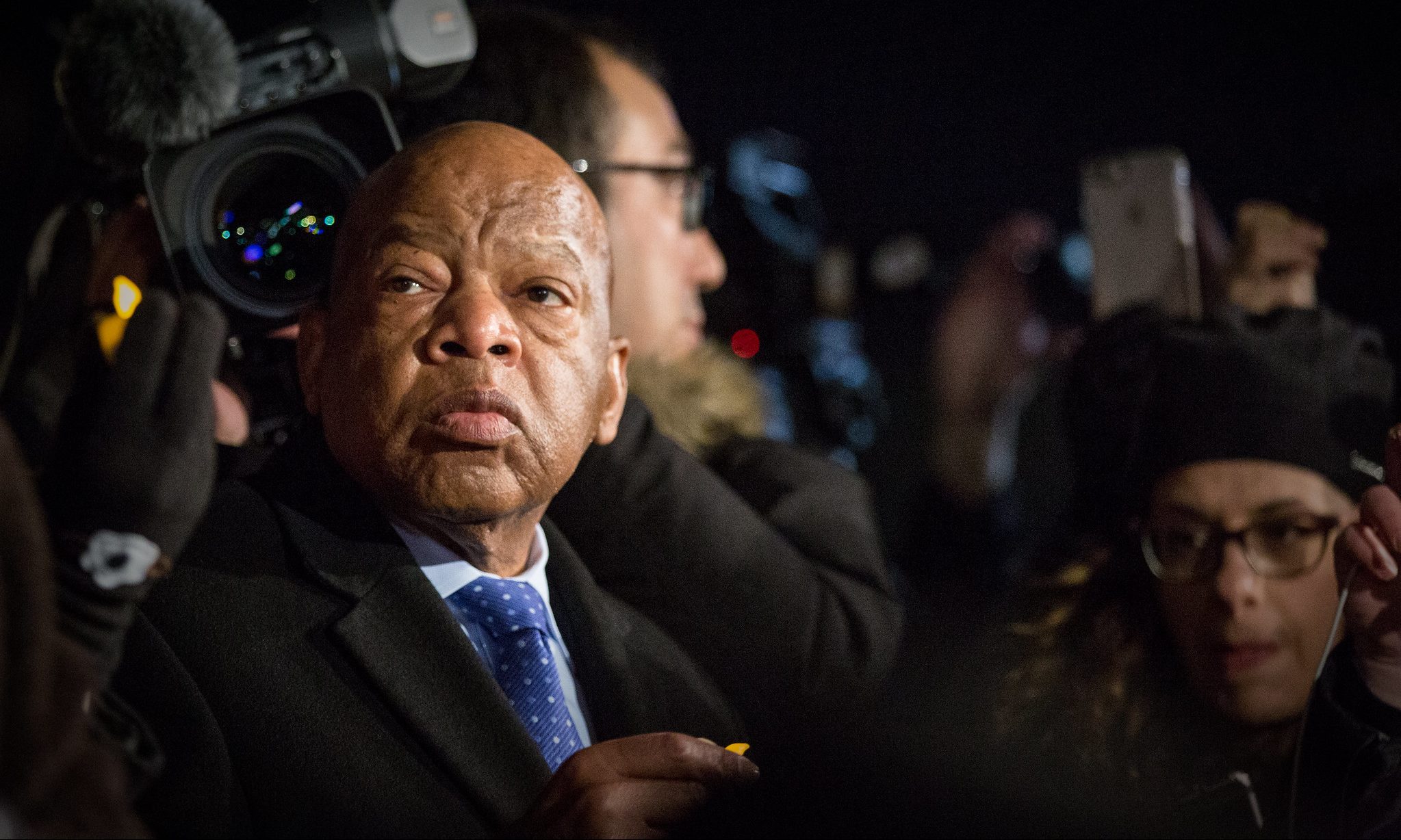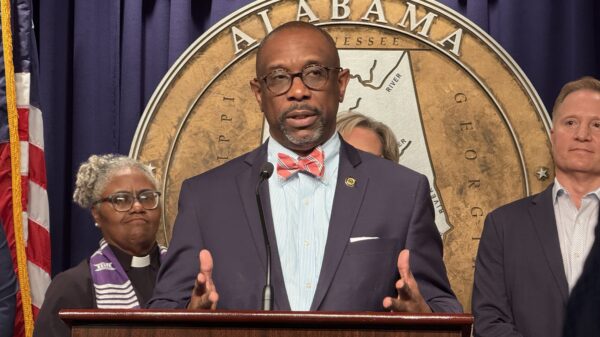By Rep. Allan Farley
For several reasons, the Alabama Medicaid Agency has recently been the subject of many policy and budget-related conversations. I want to use this newspaper column to share information I recently received from my friend Jason Isbell. Jason is Legislative Counsel in the office of Alabama House Speaker Mike Hubbard.
The following document summarizes discussions regarding:
(1) The Supreme Court’s ruling on the Affordable Care Act; (2) the impact of the state’s decision on whether to expand its Medicaid program; and (3) the impact of the September 18th referendum on Medicaid’s budget.
Supreme Court Ruling: Mandatory Expansion and Optional Expansion
In their recent ruling on the Affordable Care Act, the Supreme Court upheld the constitutionality of (1) the provision known as “the individual mandate,” (2) the requirement that each state have its own Health Insurance Exchange, and (3) the requirement that state Medicaid programs include children less than age 19 whose income is less than or equal to 133% of the Federal Poverty Level.
On the other hand, the Court made a fourth provision – expanding Medicaid to include childless adults and parents less than age 65 whose income level is less than or equal to 133% of the Federal Poverty Level – optional rather than mandatory. There is no deadline by which states must make the decision to exercise this option. If a state chooses to expand its Medicaid program, the federal government will pay a large percentage of the additional expenses caused by the expansion. This percentage, however, will decrease as time goes by.
The Impact of the Expansion Decision
If Alabama chooses to expand its Medicaid program:
Expanding the Medicaid program will result in approximately 351,000 to 455,000 new enrollees being cumulatively added to the Medicaid program between FYs 2014 and 2019.
These new enrollees will, between FYs 2014 and 2019, cost the state an estimated cumulative total of between $470 million and $693 million in state dollars.
Over the same time frame, these new enrollees will also allow the state to receive an estimated cumulative total of between $10.3 billion and $11.4 billion in federal funds.
If Alabama chooses to not expand its Medicaid program:
Even if Medicaid is not expanded, it is estimated that approximately 200,000 new enrollees will be cumulatively added to the Medicaid program between FYs 2014 and 2019. This estimate is based on the average annual growth rate in Medicaid enrollees over the last ten years (2.34% annually).
This estimate assumes no changes to Medicaid eligibility criteria or changes to Medicaid programs. The estimate also predicts that the economic recession will not worsen. Most importantly, however, this estimate does not include individuals already eligible for, but not enrolled in, Medicaid who will likely be routed to the program through a health insurance exchange. With all of the news about health insurance mandates, many individuals will investigate whether they qualify for Medicaid. Known as the “Woodwork Effect,” some experts predict that these individuals could increase total enrollment by as much as an additional 10%.
Under the Affordable Care Act, individuals with incomes of less than 100% of the Federal Poverty Level are not eligible to receive a premium subsidy through a health insurance exchange, while individuals with income of between 100% and 400% of the Federal Poverty Level are eligible to receive such a subsidy.
The reason for this disparity is because individuals with incomes of less than 100% of the Federal Poverty Level were to be covered under the Medicaid expansion (which, in the Act itself, is mandatory rather than optional). This distinction is important because it effectively penalizes the working poor.
In short, a state that chooses not to expand its Medicaid program, a single individual making $15,000 annually, for example, will be ineligible for Medicaid and will not receive a premium subsidy, while a person making as much as much as $40,000 annually will receive a premium subsidy.
Regardless of whether Alabama chooses to expand its Medicaid program or not, and assuming the Affordable Care Act is not repealed or significantly altered:
Alabama will have its own Health Insurance Exchange, either because the state created the exchange itself or, alternatively, if the state refuses to create the exchange, because the federal government created an exchange on the state’s behalf. If the state is going to create its own exchange, it must, by November 16, 2012, provide the federal government with general information about how the exchange will be governed.
Hospitals will receive fewer federal dollars – known as disproportionate share hospital (DSH) payments – which they can use to subsidize the cost of providing care to people who cannot afford to pay for it.
DSH payments, which currently total $11.3 billion annually nationwide and over $300 million annually in Alabama, will decrease by 61% between FYs 2014 and 2019.
Practically speaking, if states choose not to expand Medicaid, there will still be a lot of uninsured folks utilizing uncompensated care, but non-expanding states would have to cover more of these costs (or the hospitals would lose those funds), since the users would not be on Medicaid (since the state did not expand) and since there would be less DSH dollars to otherwise cover costs.
Federal “Maintenance of Efforts” rules have been frozen in place. Consequently, the state cannot adjust eligibility criteria for its Medicaid or ALL Kids programs in order to potentially save money.
The Impact of the September 18th Referendum
Current budget situation:
Several cost-cutting measures and some additional revenue realized from a legal settlement means Medicaid will likely make it – financially speaking – through FY 2012. If, however, revenue fails to meet expenditures by even .5%, the program will need an additional $24 million, approximately $8 million of which will have to come from state sources.
Medicaid has contracted with a healthcare actuarial firm as well as an entity that will assist in identifying additional cost savings and needed system changes in hopes of lowering program expenditures.
If the Constitutional Amendment passes:
Medicaid will still need to save $20 to $40 million in additional state funds to balance the FY 2013 budget.
That estimate, according to the Medicaid agency, is currently being refined.
If the Constitutional Amendment fails to pass:
Medicaid would face an immediate FY 2013 shortfall of approximately $100 million.
Limited options would be available to close this funding gap, since nursing home and hospital rates are statutorily set, the FY 2013 primary physician rates are mandated by federal law, and the FY 2013 budget requires at least four brand-name drugs (unless $10 million of state savings are not identified).
Source(s): Information for this document was obtained from presentations made by Dr. Don Williamson, Chair of the Medicaid Transition Task Force, to the Permanent Joint Legislative Committee on Medicaid Policy, chaired by Rep. Greg Wren. Some facts and figures used by Dr. Williamson were taken from the 2010 Kaiser Report, Medicaid Coverage and Spending in Health Reform. Other data was compiled and calculated by the National Conference of State Legislatures, the Alabama Medicaid Agency, and the Legislative Fiscal Office.
2012 Federal Poverty Level
(% Gross Yearly Income)
(Family Size) (100%) (133%)
1 $11,170.00 $14,856.00
2 $15,130.00 $20,123.00
3 $19,090.00 $25,390.00
4 $23,050.00 $30,657.00
5 $27,010.00 $35,923.00
6 $30,970.00 $41,190.00
7 $34,930.00 $46,457.00
8 $38,890.00 $51,724.00
*Chart taken from COVERAGEforALL.org (Foundation for Health Coverage Education.)
Closing comments from State Representative Allen Farley:
The information concerning our current issues with Medicaid is overwhelming. It’s easy to get consumed in all the numbers and percentages. Of everything covered in this article I find one section most troubling, and convicting. How can our great state have a group of “our people” continue to grow at an estimated rate of 2.34% annually? (That’s approximately 200,000 people added to the Medicaid roles over the next 5 years). How did we become so calloused that we can accept such data?
When I turned to my Bible for answers I found myself reading the 6th chapter of the book of Isaiah. (Beginning in the 8th verse): Then I heard the voice of the Lord saying, “Whom shall I send? And who will go for us?” And I said, “Here am I. Send me!” (9) He said, “Go and tell this people: “Be ever hearing, but never understanding; be ever seeing, but never perceiving. (10) Make the heart of this people calloused; make their ears dull and close their eyes. Otherwise they might see with their eyes, hear with their ears, understand with their hearts, and turn and be healed.”
My prayer is that “We the People” will turn and be healed. God Bless America!!!




















































